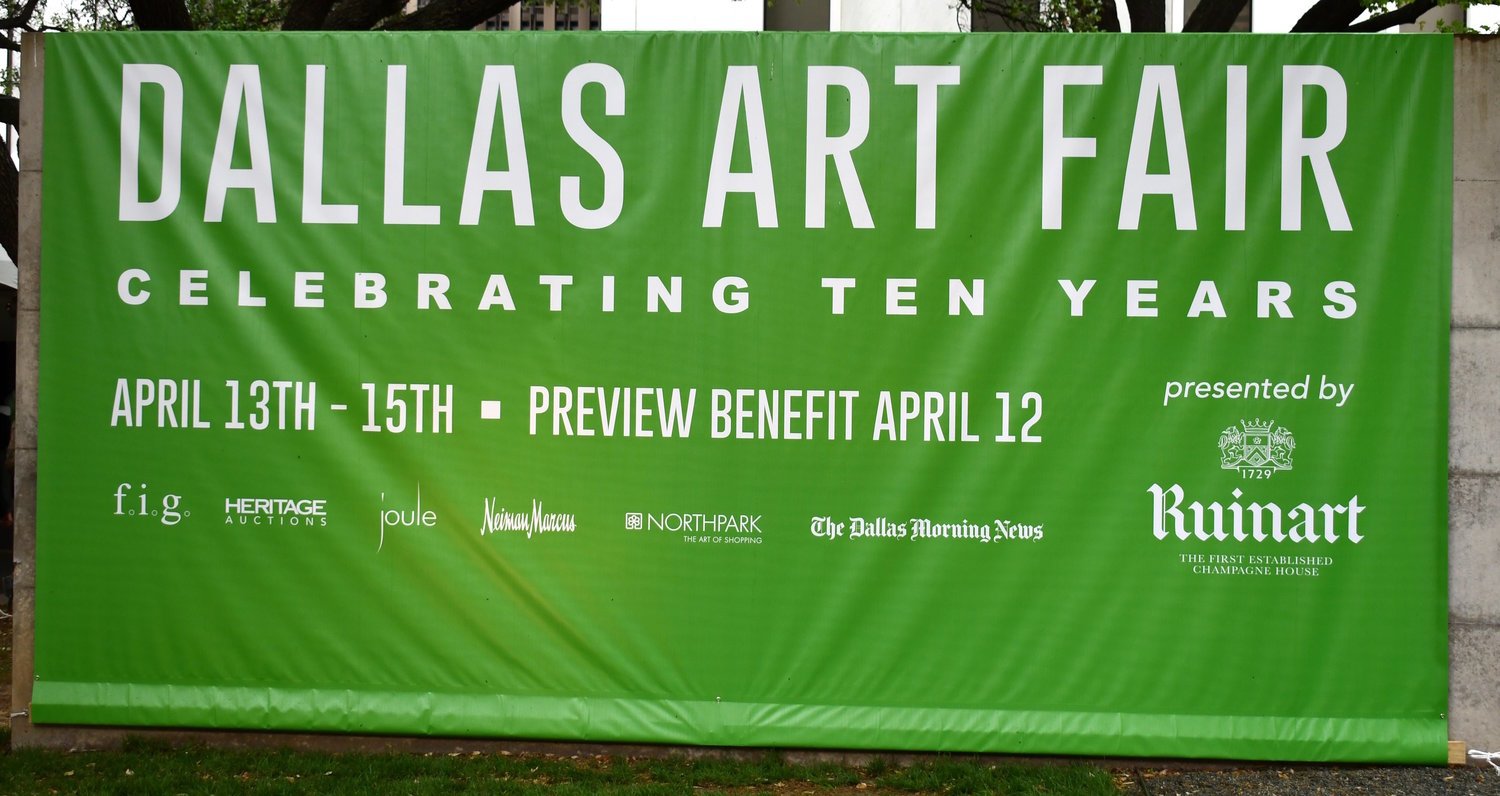Some of the Signet Art family took a trip to Austin for an educational excursion to learn about our State Capitol.
There is a ton of lovely historical art and architecture at and around the Capitol Building. From portraits of Davey Cockett, depictions of Santa Anna’s surrender after the Battle of San Jacinto to conclude the Texas Revolution, to the Rotunda displaying portraits of the past leaders of Texas, the Capitol is loaded with fantastic artwork important to our Texas history.
Atop the Capitol building is the Goddess of Liberty statue designed by Detroit's Elijah E. Myers, architect of the Texas Capitol. She is sixteen-feet tall and has been crowning the dome of the Texas State Capitol since 1888.
Goddess of Liberty, 1888, the Capitol Dome
In the summer of 1986, a replica of the Goddess was placed atop of the Capitol dome. The original Goddess, cast from galvanized iron and zinc, then coated with paint and sand to emulate carved stone, was in desperate need of restoration after enduring almost a century of high winds and Texas weather. It now resides at the Bullock Texas State History Museum in Austin.
“The Battle of San Jacinto” by Henry Arthur McArdle hangs in the Senate Chamber in the Texas Capitol.
Henry Arthur McArdle (Irish/American, 1836-1908) was born in Belfast, Ireland, in 1836; the same year of the Battle of San Jacinto, interestingly enough. When his parents died in 1850 he immigrated to Baltimore, Maryland to live with an Aunt. There he began his studies at the Maryland Institute for the Promotion of Mechanical Arts, setting himself apart when he won the Peabody Prize in 1860. He joined the Confederate army and later became a draftsman, utilizing his artistic talents for the Confederate Navy.
The Battle of San Jacinto is McArdle’s most famous and beloved work - an eight foot by fourteen foot oil on canvas he began in 1895 and finished in 1898.
Portraits of Texas Leaders line the walls of the Capitol Rotunda. The Rotunda starts at the first floor with portraits of Texas Governors and spirals up to the fourth floor where portraits of the first Presidents of the Republic hang. Sitting beneath a dome rising 218 feet into the air, the circular room is designed as a walk-though of our Texas Historical Leadership.
Fun fact - the Rotunda is known as a whispering gallery. Due to its circular enclosure beneath the high dome, whispers can be heard clearly in other parts of the gallery.
“Surrender of Santa Anna” by William Henry Huddle, 1886
William Henry Huddle (American, 1847-1892) was born in in Wytheville, Virginia. He served in the Confederate States Army before moving to Texas with his family. The six by nine-and-a-half foot painting, framed on both sides by beautiful columns with Corinthian capitols, shows the morning after the Texas victory at the Battle of San Jacinto, April 22, 1836. It’s a well known historical fact that Santa Anna tried to disguise himself as a private and escape after the Battle of San Jacinto. In Huddle’s painting Santa Anna is shown wearing the white pants of a private as he’s been brought to the wounded and reclining General Sam Houston.
Huddle’s depiction of Santa Anna surrendering is one of his most well known works, next to his painting of Davy Crockett, which just so happens to also hang at the Capitol.
Huddle’s larger-than-life portrait of David (Davy) Crockett is one of the most iconic and recognized images of the Alamo defender. It hangs in the South Foyer of the Capitol and shows the frontiersman and congressman with his famous coonskin cap and deer-skin hunting clothes, holding his rifle, Old Betsy, in his left hand as he stands against a forested backdrop and looks into the distance.
Huddle completed the eight by five foot painting commissioned by the Texas State Legislature in 1889.
Crockett, King of the Wild Frontier, famously fought and died at the Battle of the Alamo on March 6, 1836.
Fun fact no. 2 - Huddle’s preliminary sketch of the Davy Crockett portrait is in the collection of the Dallas Museum of Art.
“David Crockett” William Henry Huddle, 1889
“The Spirit of the Alamo Lives On” George Skypeck, 2009
Military artist and Vietnam veteran George “Sky” Skypeck (American, b. 1980) of Maryland donated his original painting “The Spirit of the Alamo Lives On” to Texas in 2009. The work commemorates the military history of Texas, depicting the defense at the Alamo all the way to modern military members who are enlisted and serving today.
The painting used to hang at the Texas Veterans Commission in the Stephen F. Austin State Office Building before it was moved to the Capitol Building.
The Reverse of the Texas State Seal, designed by Sarah R. Farnsworth
The Reverse of the Texas State Seal depicts a shield with the Alamo, the cannon from the Battle of Gonzales (the “Come and Take It” cannon), and Vince's Bridge. Live oak and olive branches, representing strength together with peace, surround the seal on either side. Flags of countries which have flown over Texas reach out from behind the seal; Spain, France, Mexico, the Republic of Texas, the Confederacy, and the United States. White banners with red text across the top and bottom read "Remember the Alamo" and "Texas One and Indivisible." A white and gray five-pointed star is centered above the shield.
The Daughters of the Republic of Texas proposed this design of the reverse seal, which was approved in 1961. The seal is located in a rotunda in the Capitol’s extension.
Fun fact no. 3 - Texas is one of the few states which has a design for the reverse of its state seal.
Check out these massive hinges! These very detailed and intricately made hinges have graced the State Capitol since 1888.
The floral imagery and geometric patterns of these seven inch tall hinge plates are cast in brass, hand-polished, and highlighted in black. The things weigh three and a half pounds, each!
Inscribed with Texas Capitol, these ornate examples of craftsmanship are just a taste of the custom touches adorning the historied Capitol.
Capitol hinge plates
The Price of Liberty, by Sandra Van Zandt, 2018
There are many monumental sculptures on and around the Capitol Grounds, a map of the grounds lists over twenty. This one, “The Price of Liberty,” is a memorial dedicated to Texas members of the Military who served after the September 11th attacks in 2001. The sculpture is by Sandra Van Zandt, an Oklahoma artist known for her monumental bronze works, and it was installed in 2018. The bronze shows a service member in full uniform with a rifle across his chest and helmet on as he says goodbye to his family.
Fun fact no 4. - The flying liberty figure above the solider is modeled after The Goddess of Liberty sculpture atop the Capitol Dome.
Texas Governor's Mansion
Bonus stop, the Texas Governor’s Mansion!
This historic residence has been the home of Texas governors since 1856, and it has some amazing art inside. Those of you who know Texas art will know the names Onderdonk and Lungkwitz.
“Texas Military Institute, Austin” by Hermann Lungkwitz, 1874
Hermann Lungkwitz, by Richard Petri, c. 1851
Hermann Lungkwitz (German/American, 1813-1891) was an early Texas landscape painter born in 1813 in Halle-an-der-Saale, Germany. He immigrated to America in 1850 and later moved to Texas in 1870 after spending time photographing the Texas landscape. He is best known for his intricately detailed pencil studies and oil paintings of Europe and the Lone Star State. His works are highly collectible and coveted among Texas art collectors; the painting at the Governor’s mansion is incredible.
There is also a lovely head-and-shoulders portrait of Lungkwitz in the mansion.
“Bluebonnet Landscape”, Julian Onderdonk, c. 1905
Julian Onderdonk (American, TX / 1882 - 1922), a San Antonio native, has been called The Father of Bluebonnet painting and certainly is one of the best historic artists associated with our state. His impressionistic and atmospheric depictions of wildflowers and landscapes are stunning and, like Lungkwitz, his works are highly collectible and beloved by Texas collectors.
Julian Onderdonk was son of the well-known Texas artist Robert Jenkins Onderdonk (1852-1917), who also has a painting in the mansion.
“Fall of the Alamo” by Robert Jenkins Onderdonk, 1903
Though Julian is the best known Onderdonk, his father Robert Jenkins Onderdonk was a trained and successful Texas artist in his own right. Both studied under William Merritt Chase at the Art Students League in New York. In 1901, Robert was commissioned by James T. DeShields, a Texas historian, to paint an Alamo battle scene, which ended up taking him three years to complete.
Honey Butter Chicken Biscuit
Fun fact no 5. - Robert Jenkins inserted himself in the battle painting as a soldier defending the Alamo, he is falling backwards after taking a shot from the enemy.
Besides the amazing art at the Governor’s Mansion, you might also see one of Governor Greg Abbott’s three golden retrievers. This is Honey Butter Chicken Biscuit, Biscuit to her friends, on the lawn with a ball in her mouth ready to play.
There is a ton of wonderful art to see at our great Capitol! If you’re in the Austin area or planning a trip - don’t miss it all!
A very special thank you to Lindsey Mae of the Signet Art family for her on the ground reporting and photography.






























